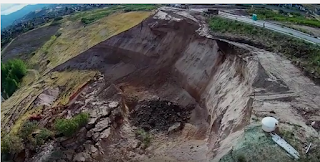Many of the residents have started taking light rail to commute to work, buying electric cars, and installing solar panels to power their homes.
Professor Simon Wang from the University of Utah says "he has noticed a pattern: high wind pressure in the western US and low wind pressure in the East. He says each system is stuck because of global warming. "
http://www.readcube.com/articles/10.1002%2Fasl2.565?r3_referer=wol&tracking_action=preview_click&show_checkout=1
The best way to combat global warming is to increasing climate change awareness by assessing the vulnerability of natural resources and ecosystems to climate change and developing science-based adaptation strategies that can be used to understand and mitigate the effects of climate change.
Since we live in a colder climate, those living in Utah don't seem to acknowledge the climate change is happening. However, Utah has seen a steady trend of above-normal temperatures since spring 2013. The index quantifies temperature deviations, extreme weather and changes in sea level over time.
Warm Temperature Index for the Pacific Southwest region (includes Utah)
The Southwest region of the U.S. has seen a steady trend of above-normal temperatures since spring 2013, according to the Actuaries Climate Index, which quantifies temperature deviations, extreme weather and changes in sea level over time.Cold temps are a recipe for skepticism about climate change

















